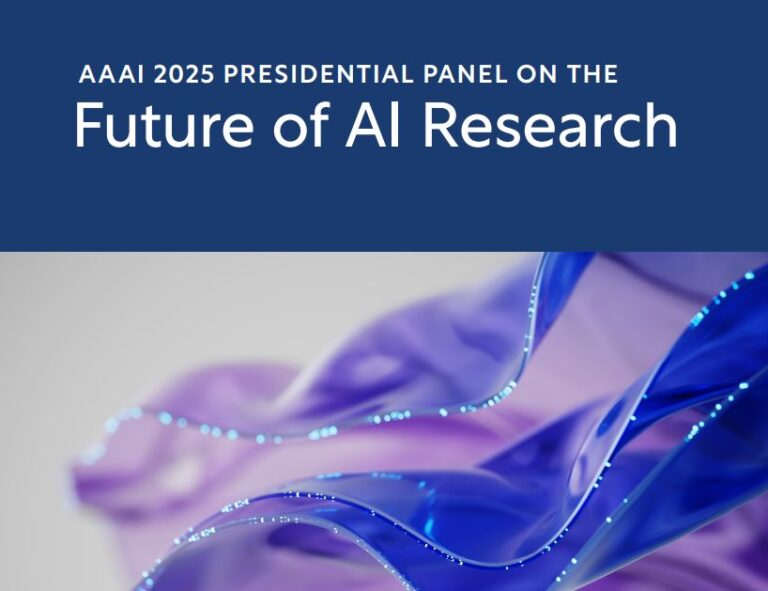AI Tools for Generating Synthetic Data in Gaming Environments: Revolutionizing Development and Creativity
In the ever-evolving world of gaming, data is the backbone of innovation. From immersive environments to lifelike characters, the demand for high-quality, diverse content is relentless. However, traditional data collection methods—relying on manual design, real-world footage, or player-generated input—are often time-consuming, costly, and limited in scope. Enter synthetic data, a game-changer enabled by artificial intelligence (AI) that allows developers to create artificial yet realistic content, transforming how games are designed, tested, and experienced. This article explores the role of AI in generating synthetic data for gaming, its applications, the technologies driving it, and the future of this disruptive force.
The Role of Data in Gaming and the Rise of AI
Gaming environments require vast amounts of data to build engaging experiences. Whether it’s the sprawling landscapes of an open-world adventure or the nuanced interactions of non-player characters (NPCs), the quality and variety of data directly impact a game’s success. However, manually creating this content is impractical for large-scale projects. AI tools are now stepping in to generate synthetic data—artificially created data that mimics real-world inputs—enabling developers to streamline workflows, unlock creative possibilities, and push the boundaries of what’s achievable in game design.
Applications of Synthetic Data in Gaming
-
Procedural Content Generation
Procedural generation has long been a staple of gaming, but AI elevates it to new heights. Tools like No Man’s Sky and Minecraft use algorithms to create unique worlds, but AI-driven systems can now generate more complex and coherent environments. For example, AI can design dungeons, cities, or entire galaxies with organic patterns, ensuring each playthrough feels fresh. -
Character and Asset Creation
Synthetic data is reshaping character design. AI can generate diverse avatars with varying traits, skin tones, and clothing, promoting inclusivity. Tools like NVIDIA’s MetaHuman use GANs to create hyper-realistic characters, while Unity’s MARS (Mixed Reality Solutions) leverages AI to auto-generate 3D assets, reducing the workload for artists. -
Game Testing and Quality Assurance
Synthetic data simulates player behavior, enabling developers to test edge cases and stress-test systems. AI can generate thousands of virtual players with different strategies, ensuring games are robust and free of bugs. This is particularly useful for multiplayer games, where real player data is scarce or privacy concerns arise. - Personalization and Dynamic Content
AI can craft personalized experiences by generating unique dialogue, quests, or challenges based on player preferences. For instance, Natural Language Processing (NLP) tools can create adaptive storylines, while reinforcement learning models design dynamic difficulty adjustments, keeping players engaged.
Key AI Technologies Driving Synthetic Data Generation
- Generative Adversarial Networks (GANs): GANs consist of two neural networks—a generator and a discriminator—that compete to produce highly realistic images, textures, or environments. They are widely used for creating art assets and lifelike character models.
- Variational Autoencoders (VAEs): These models compress and generate data, often used for creating variations of game assets while maintaining stylistic coherence.
- Deep Learning Models: Transformers and other deep learning architectures power NLP tools for dialogue generation and procedural text creation.
- Reinforcement Learning (RL): RL algorithms train NPCs to adapt to player actions or generate evolving game scenarios, enhancing realism and interactivity.
- Simulation Engines: Platforms like NVIDIA Omniverse and Unreal Engine’s MetaHuman combine AI with real-time rendering to generate and test virtual worlds.
Notable AI Tools and Platforms
- Unity MARS: Enables developers to generate 3D environments and assets using machine learning, reducing the need for manual modeling.
- Unreal Engine’s MetaHuman: Leverages AI to create photorealistic characters, ideal for narrative-driven games.
- NVIDIA Omniverse: A platform for simulating and generating 3D content, supporting collaborative game development with AI-driven tools.
- DALL·E and MidJourney: These AI image generators help create concept art, textures, and visual assets swiftly.
- AI-Driven Testing Tools: Companies like Testim and Functionize use synthetic data to automate testing, simulating player interactions for efficiency.
Benefits of AI-Generated Synthetic Data
- Efficiency and Cost Savings: Automates repetitive tasks, cutting down on development time and costs.
- Scalability: Generates vast amounts of data quickly, ideal for large-scale projects like open-world games.
- Creativity and Diversity: Encourages unique content creation, avoiding repetition and enhancing world-building.
- Enhanced Testing: Provides comprehensive test scenarios, ensuring stability and performance across diverse conditions.
- Privacy and Safety: Reduces reliance on real player data, mitigating privacy risks while still enabling robust testing.
Challenges and Considerations
While the potential is immense, challenges remain. Synthetic data must be high-quality and consistent with the game’s aesthetic to avoid "uncanny valley" effects. Over-reliance on AI could lead to homogenized content, requiring human oversight to maintain artistic integrity. Additionally, computational resources for advanced AI models can be demanding, and ethical concerns about biases in generated data or copyright issues when training on existing content must be addressed.
The Future of AI in Gaming Data Generation
The future looks promising. Advancements in AI, such as transformer-based models and real-time synthetic data generation, will enable even more dynamic and responsive gaming environments. Expect AI to create living worlds that evolve based on player interactions, or AI-assisted co-development where human designers collaborate with generative models to craft content. Integration with virtual reality (VR) and augmented reality (AR) will further blur the lines between synthetic and real experiences.
Conclusion
AI tools for generating synthetic data are not just a convenience—they are a transformative force in gaming. By automating content creation, enhancing testing, and enabling personalization, they empower developers to focus on creativity rather than repetition. As technology advances, the line between synthetic and real will continue to fade, unlocking new possibilities for gamers and creators alike. The next generation of games may well be built not by human hands alone, but by the imagination of AI, shaping a future where every pixel and interaction is a product of machine learning’s boundless potential.







